Austin’s Office Market Ranked Second for Development
Other fundamentals are not as bright, the latest CommercialEdge data shows.
Office development in Austin retained strong momentum at the beginning of this year, which highlighted the metro’s resilience. The market ranked second nationwide in terms of new office space underway, behind Boston, CommercialEdge data shows. Other fundamentals lagged, however, as the large amount of new space coming online pressured vacancies and investment values.
The coworking sector continues to grow as a viable solution to low utilization, which Austin is struggling with as well, as its vacancy kept increasing at a fast pace. There were 7,814 shared office space locations across the U.S. as of February, up 25 percent year-over-year, the latest CommercialEdge report shows. The South led activity—the Southwest’s total shared space segment grew 13 percent, to 17 million square feet, while the Southeast’s increased 18 percent, to 33.3 million.
Austin’s pipeline ranked second nationwide
Austin developers had 3.6 million square feet of office space under construction as of February, which was 3.7 percent of existing stock—300 basis points above the U.S. figure. This was the second-largest supply pipeline among all major metros tracked by CommercialEdge, behind only Boston’s 6.5 million square feet.

Austin’s office market is still growing significantly faster than its Sun Belt peers, including San Diego (3.2 percent of stock underway), Nashville, Tenn. (2.6 percent), Miami (2.3 percent) Dallas (1 percent) and Houston (0.9 percent).
Lincoln Property Co., Phoenix Property Co. and DivcoWest are developing The Republic, an 833,000-square-foot office tower in downtown Austin—the largest of all projects that were still underway in February. The partnership started construction in 2022 and expects to finish the 48-story building later this year.
Two other major developments broke ground last year. One of them is a non-competitive property—the Texas Division of Emergency Management started work on its $423 million headquarters and emergency operations center last April. Plans call for a 296,000-square-foot campus.
Apple broke ground on another office building at its $1 billion campus, which was initially planned to encompass some 3 million square feet at full build-out. The new development is part of the campus’ second phase, which began in early 2023.
Developers completed only 65,200 square feet of new space in the first months of 2025—an 87 percent decline year-over-year, indicating that momentum might be slowing down.
Conversions not a feasible avenue for now
Last year, Austin city authorities published a report that aimed to investigate the potential advantages of office-to-residential conversion projects and identify buildings suitable for adaptive reuse. Among the chief reasons were growing vacancy and need for housing, along with continued efforts from stakeholders to reduce their exposure to the sector.
CommercialEdge’s Conversion Feasibility Index—a tool that aims to identify the best candidates for conversion—ranks office buildings on a three-tier system. Austin had 15 properties—encompassing 1.4 million square feet—that had a CFI score of 90 to 100, placing them in Tier 1, making them ideal candidates for a potential conversion. However, Austin authorities are unlikely to aid developers with tax exemptions or other incentives in the foreseeable future. The most recent such project completed in the market came online in 2004, which added 90 units.
Investments off to a slow start
In the first two months of this year, Austin investors traded $66 million in office assets. A total of 10 properties changed hands, encompassing 230,598 square feet. These properties traded for an average of $376.1 per square foot, more than double the $177.5 national figure.
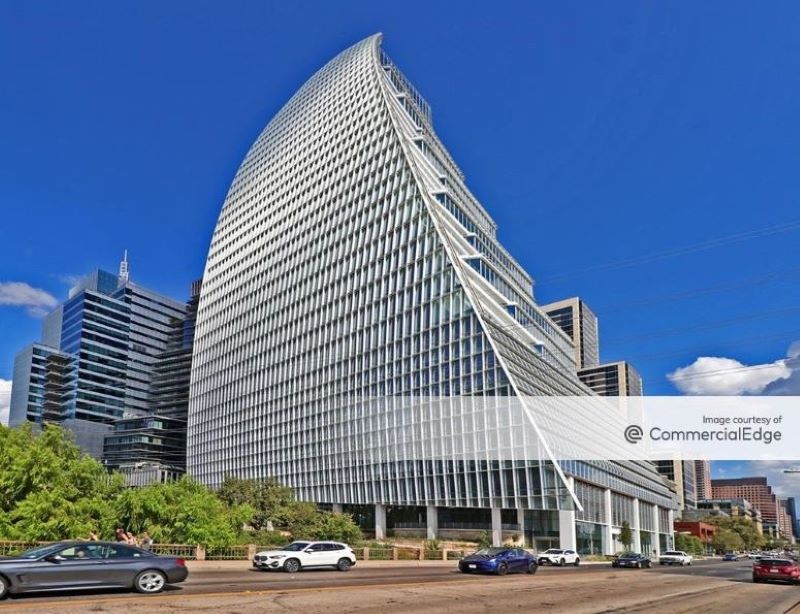
Compared to its Sun Belt peers, Austin’s volume was somewhat low, behind Houston ($282 million), Dallas ($205 million) and San Diego ($191 million), but ahead of Miami ($55 million) and Nashville ($6 million).
Last year’s largest office transaction closed in December. Cousins Properties acquired The Sail Tower, in downtown Austin, for more than $521 million. Trammell Crow Co. sold the 804,000-square-foot asset, which is fully leased to Google until 2038.
Supply dynamics pressured vacancy
Vacancy across Austin’s office market clocked in at 27.4 percent in February, 770 basis points higher than the national figure and up 530 basis points year-over-year. Significant amounts of new development and continued downsizing of footprints both contributed to this.
Austin lagged all its Sun Belt peer markets. Of these, Miami fared best (15.7 percent), followed by Nashville (17.7 percent), San Diego (20.8 percent), Dallas (23.8 percent) and Houston (23.1 percent).

Office lease deals were few and far in between. In September last year, RBC Wealth Management agreed to occupy 11,710 square feet at Uplands Corporate Center, owned by Drawbridge Realty. With this deal, the 291,448-square-foot property reached almost full occupancy. Other tenants include Tricentis USA Corp., WuXi Clinical, Quisitive, Kimley-Horn and ResearchPoint Global.
Another significant lease closed in September last year, when IBM secured 320,000 square feet at Cousins Properties’ Domain 12 in suburban Austin. However, this deal did not influence the market’s vacancy, as it involved the assumption of an existing lease, with IBM set to swap with Meta Platforms for the space, starting in January 2026.
New coworking provider opens first Austin location
The Malin opened its first Texas coworking location in October last year. The company opened a 12,000-square-foot location at Pennybacker Capital’s 71,623-square-foot office building in East Austin.
Austin’s market continued to grow its shared office segment. It had nearly 1.8 million square feet of coworking space as of February, which represented 1.8 percent of its total inventory.
Texas’ capital lagged most of its Sun Belt peers in this regard—it was behind Miami (3.7 percent of total), Nashville (3.4 percent) and San Diego (2.3 percent), and on par with Dallas (1.8 percent) and Houston (1.8 percent).

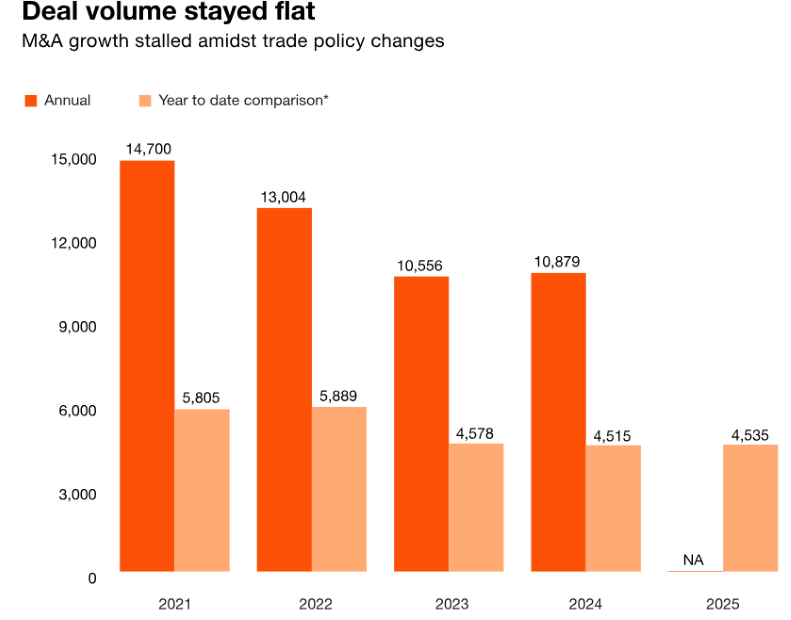


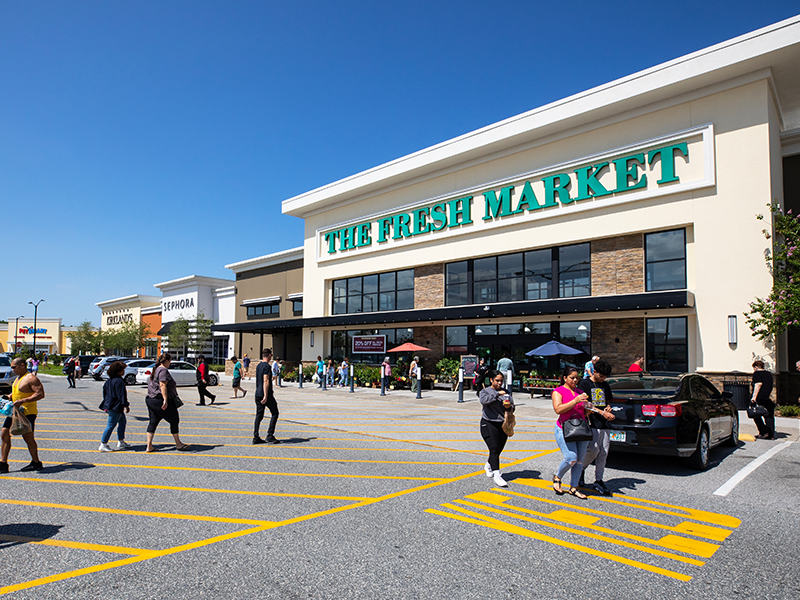
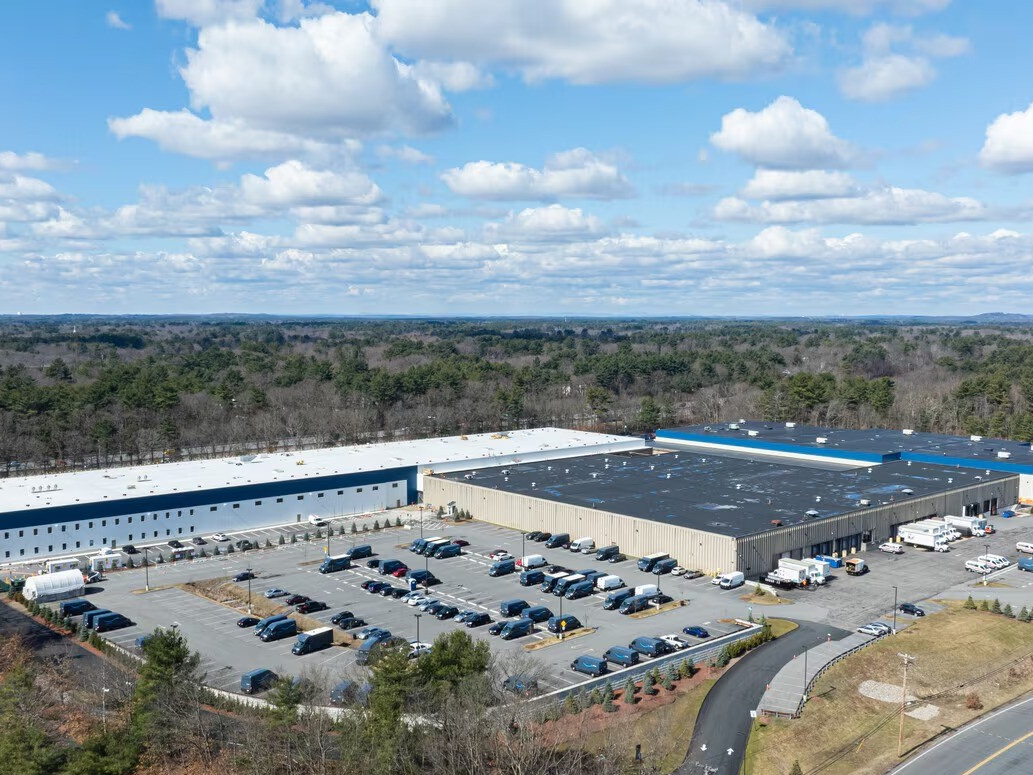
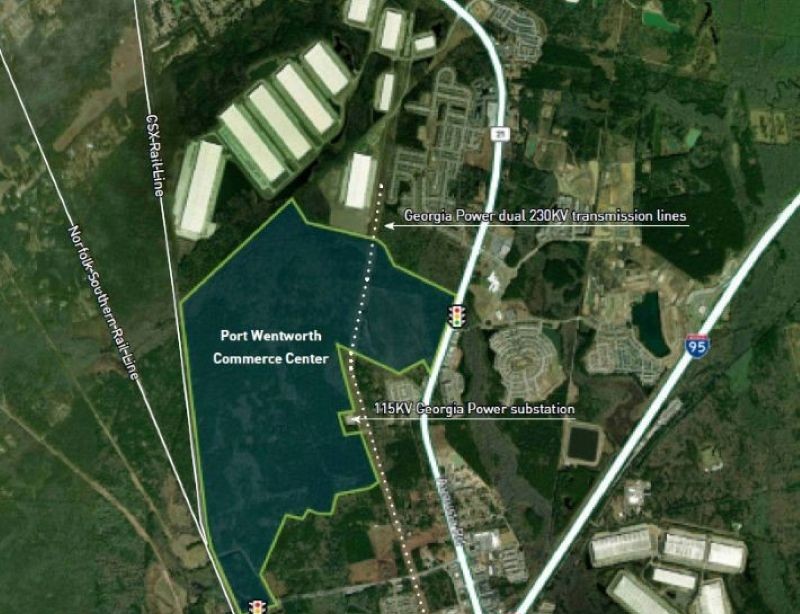
You must be logged in to post a comment.